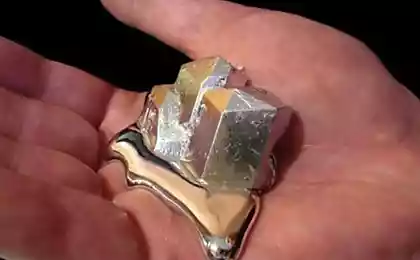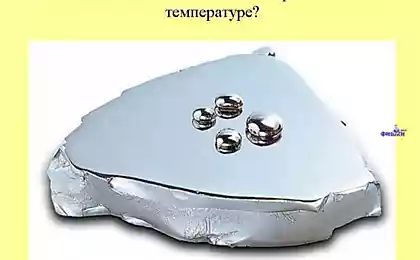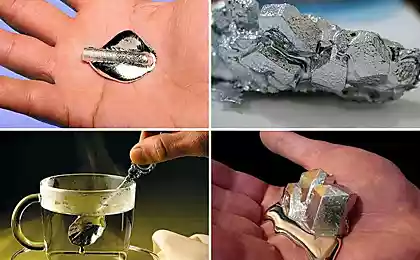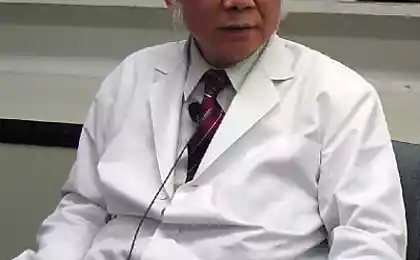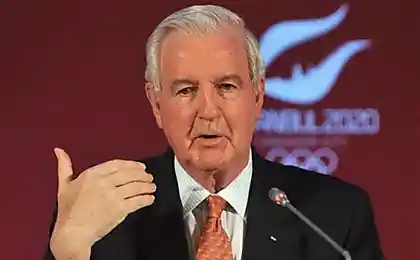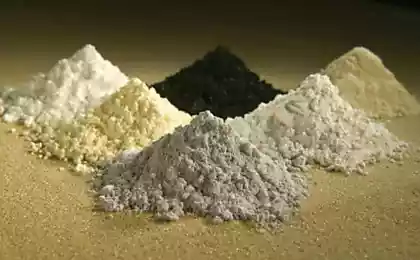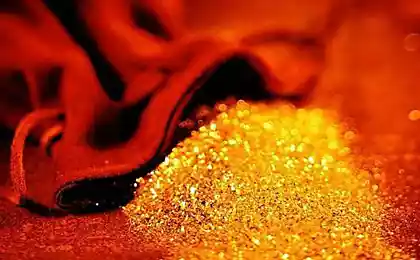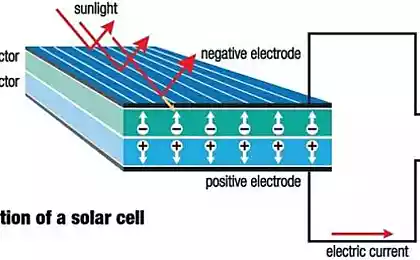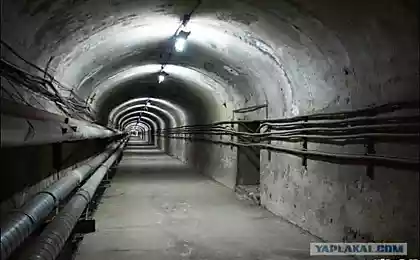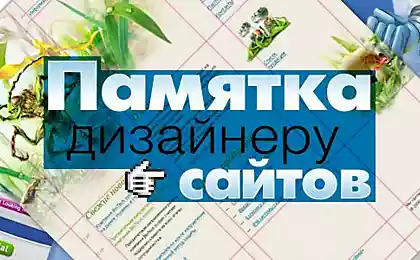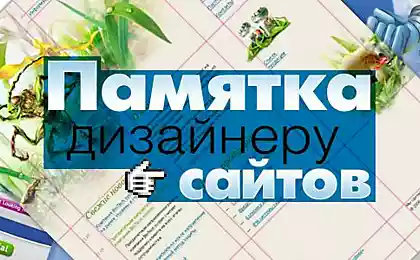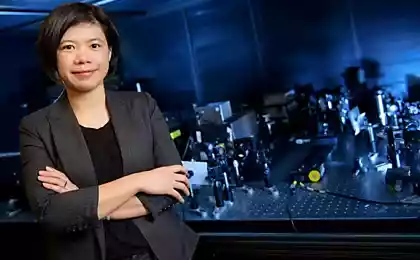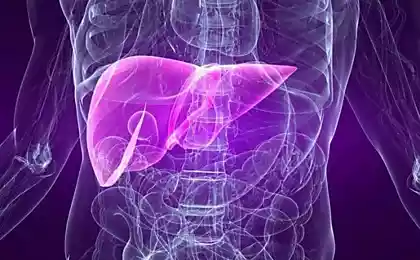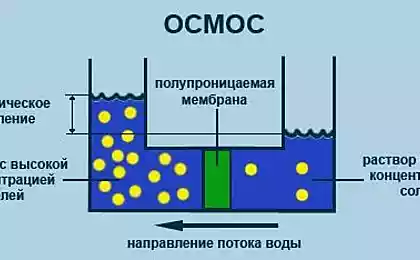202
8 Elements That Would Change Modern Life
If you’re not a fan of chemistry, chances are you’re not familiar with these eight elements (or at least some of them). However, these substances are the basis of modern life. We offer to find out what components of the Mendeleev table we would not do without.
Argonne
If you live in a newly renovated house, chances are there is a certain amount of argon in your vicinity. Due to its low thermal conductivity, this gas (serial number 18) is often used between double glass panels in energy-saving windows.
Argon is a noble gas, which in the Earth’s atmosphere is more than even carbon dioxide. In addition to use in everyday life (incandescent lamps are filled with argon, since it prevents the filament from burning out), this gas has many applications in industry from arc welding to laser surgery.
Although generally safe, pure argon is heavier than air and can cause death in places and cases where it replaces oxygen. This gas is used in poultry farming to strangle poultry, but after accumulating in an enclosed space, people can suffocate.
europium
Next time you travel around Europe, pay attention to euro banknotes. They contain tiny amounts of europium, a silvery solid metal that provides protection against counterfeiting.
There are several places in the world where ore containing europium is mined, and deposits of this rare element (ordinal number 63) are rapidly drying up. People didn't care about it until television was invented. So, the first programs on color television was very lacking saturation – blue was faded, yellow seemed discolored, and white objects looked dirty gray. What's the reason? Scientists could not find a way to reproduce a rich and rich red color, so the tones of other colors softened to maintain balance.
When it was discovered that europium was capable of transmitting a rich red color on TV screens (and later on computers), the search began for reserves of this element. Today, the mines of China, Russia and a small mine in California, USA, provide the world’s needs for Europeans.
skandy
Scandium (ordinal number 21), first discovered in 1879, is named by chemist Lars Fredrik Nilsson after Scandinavia. Although it is quite common in the Earth’s crust, this silvery metal has not been used for almost 100 years since its discovery.
But in the 1970s, metallurgists discovered that aluminum and scandium alloys were extremely durable and lightweight, making them a strong position in the aerospace industry. Soon after, sports equipment manufacturers began using these alloys in a wide variety of inventory from baseball bats to clubs and rackets.
beryllium
In Isaac Asimov’s science-fiction novel The Simplecat Trap, scientists are trying to understand why all the colonists of a planet called Junior die shortly after landing on its surface. In the end, one rebel figured out that the slow death of the colonists from a disease called berylliosis caused high levels of beryllium in the soil of the planet.
However, the danger that beryllium carries is quite real: this element (ordinal number 4) is recognized by the International Agency for Cancer Research as a strong carcinogen. But in another form, beryllium is extremely necessary and even invaluable. In combination with small volumes of chromium, this element acquires a beautiful green hue, turning into an emerald gemstone.
Antimony
Nowadays, this heavy metal (ordinal number 51) is used as an ingredient in cosmetics, and mankind has known it since ancient Egypt.
In addition, antimonium is used as a flame retardant material in children’s clothing, cars, toys and airplanes. And if you like the muted silvery shine of tin mugs and other dishes, then you should thank this metal, since most of these alloys, in addition to pure tin, there is copper and antimonies.
Gaul
Few elements on Earth have such strange properties as gallium. This relatively soft and shiny metal is widely used in the manufacturing of semiconductors and electronics, as well as in the pharmaceutical industry.
But in past years, gallium (ordinal number 31) was a key ingredient in cheap street magic tricks, as it melts at a temperature just above room temperature. So, spoons of gallium look ordinary, but when immersed in a cup of hot tea, they instantly dissolve. Even if you hold a spoon of gallium in your hand for a long time, you can get a shapeless metal mass as a result.
tellurium
Tellurium is a silvery metal first discovered in Transylvania. It is often used to produce solar panels, computer memory chips and renewable optical discs. Its name comes from the Latin word tellus, meaning “earth”.
Tellurium (ordinal number 52) is considered moderately toxic by most experts, although it is unlikely to be seriously affected by its effects. How do you know if a person has been exposed to large amounts of tellurium? When the body processes this substance, human breathing acquires a sharp garlic smell. This is very suitable for an element first discovered in Count Dracula's legendary homeland.
dysprosia
“True adventurers, especially those who like to make unusual additions to the periodic table, should be looking for something serious, for example, exotic elements valuable to industry,” wrote Jonathan Keats.
At the head of the list of rarest and most valuable elements is dysprosium (ordinal number 66). Its name is based on the Greek word "dysprositos", meaning "hard to find", and this is a very fortunate characteristic. Soft metal substance is in high demand in the production of electric motors, especially for wind turbines and electric vehicles, and therefore dysprosium has earned a place in the list of essential materials for an environmentally friendly economy.
Source: facepla.net
Energy independent eco-house by Ward-Young Architecture Planning
8 principles of psychological health


